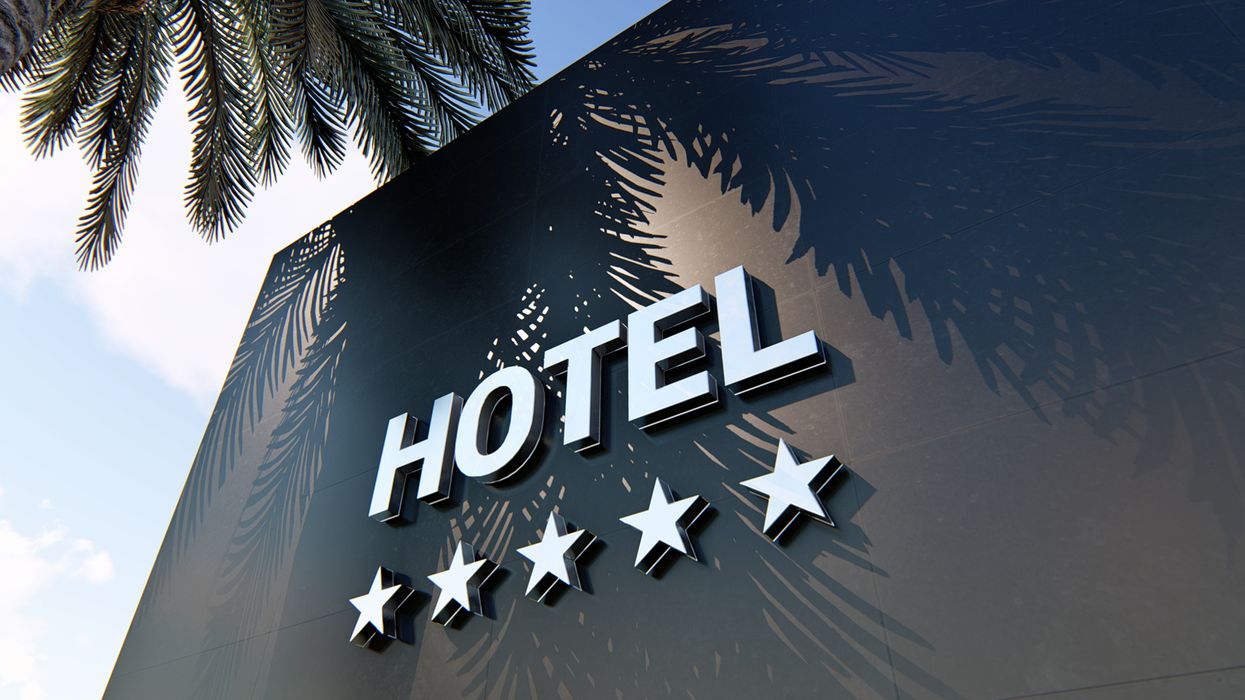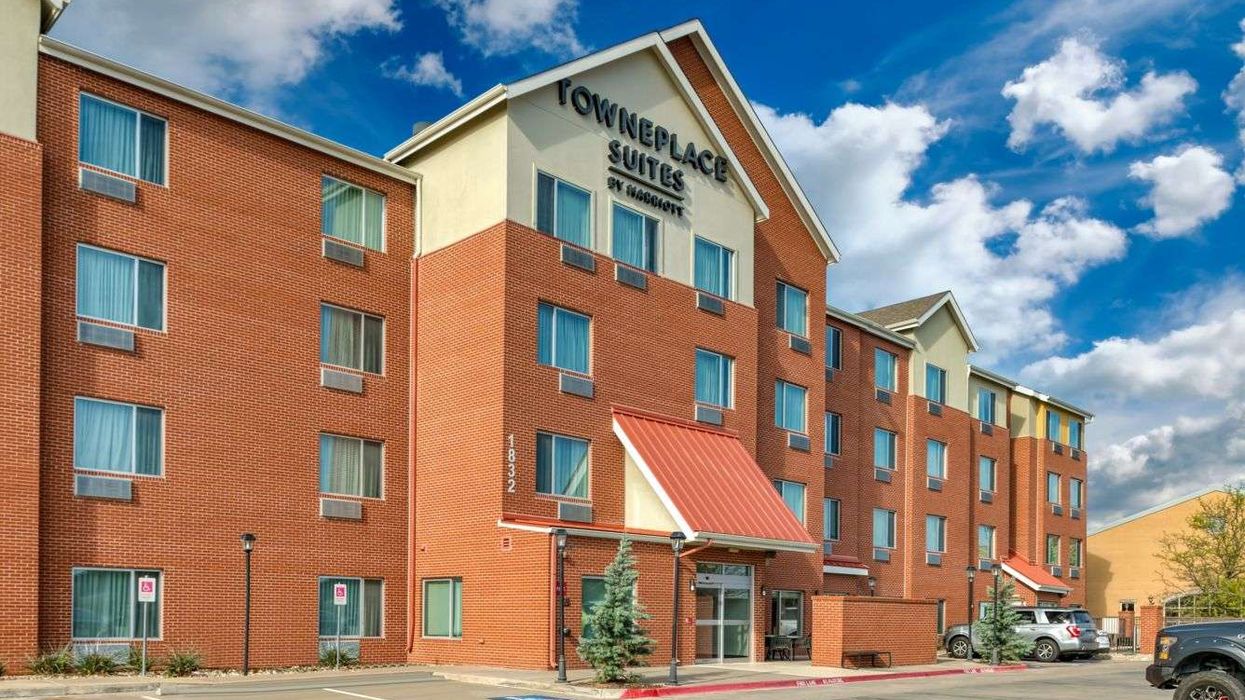What’s driving independent hotels to rethink strategies in 2025?
INDEPENDENT HOTEL OPERATORS must refine their strategies to stay competitive in 2025 amid labor shortages, price-sensitive travelers and the growing dominance of branded hotels, which now account for 72 percent of U.S. properties, according to Cloudbeds. Furthermore, independent hoteliers are focusing on 2025 as the "year of optimizing performance."
Cloudbeds’ 2025 State of Independent Lodging Report provides a data-driven analysis of the global independent lodging segment, highlighting key trends across often-overlooked property types.
“Hospitality is fundamentally human—and independent properties represent its heart and soul,” said Adam Harris, Cloudbeds’ cofounder and CEO. “Cloudbeds is helping these businesses transform challenges into opportunities, proving that being independent doesn’t mean being alone. Together, we’re building a future where independent hospitality businesses don’t just survive—with access to technology like Cloudbeds Intelligence, they lead the way forward.”
Findings from the report:
- Demand remained steady in 2024, requiring independent hotels to focus on market share to maintain occupancy in 2025.
- After years of growth, global ADR fell 1 percent in 2024, reflecting softer demand and increased price sensitivity.
- OTAs accounted for 61 percent of independent hotel bookings in 2024, making them far more reliant on these platforms than branded hotels.
Cloudbeds, using global aggregated and anonymized data, identifies five trends reshaping independent lodging in 2025: value-driven travel, increased reliance on ancillary revenue, rising costs, labor shortages with high turnover and widespread AI adoption in hotel operations.
The report draws on data from more than 20,000 independent properties across 150 countries, with findings divided into four regions: North America, Latin America including Mexico, Europe, and Asia Pacific including Australia and New Zealand.
Expert Market reports that 48 percent of accommodation businesses see staffing as their biggest risk, followed by rising labor costs at 34 percent and maintenance costs at 27 percent.













